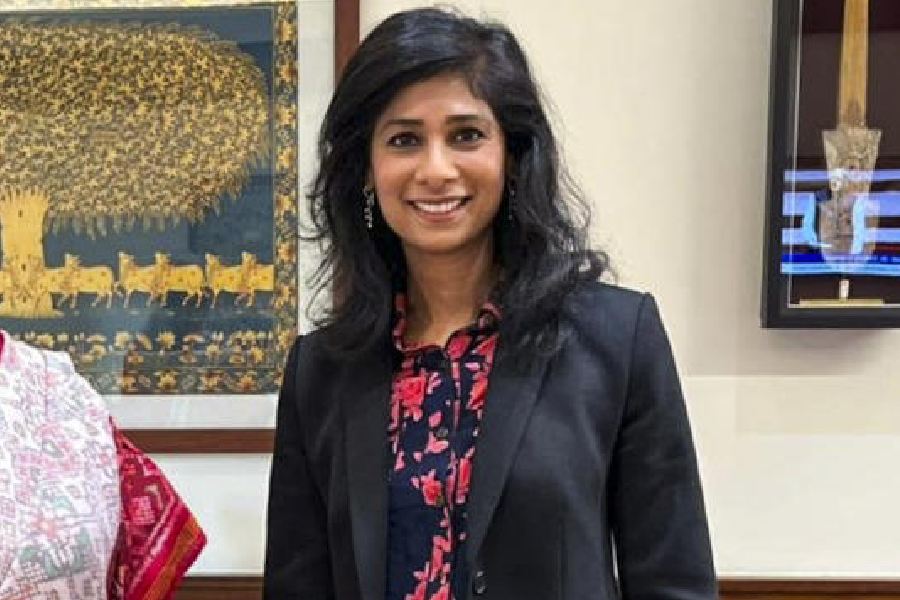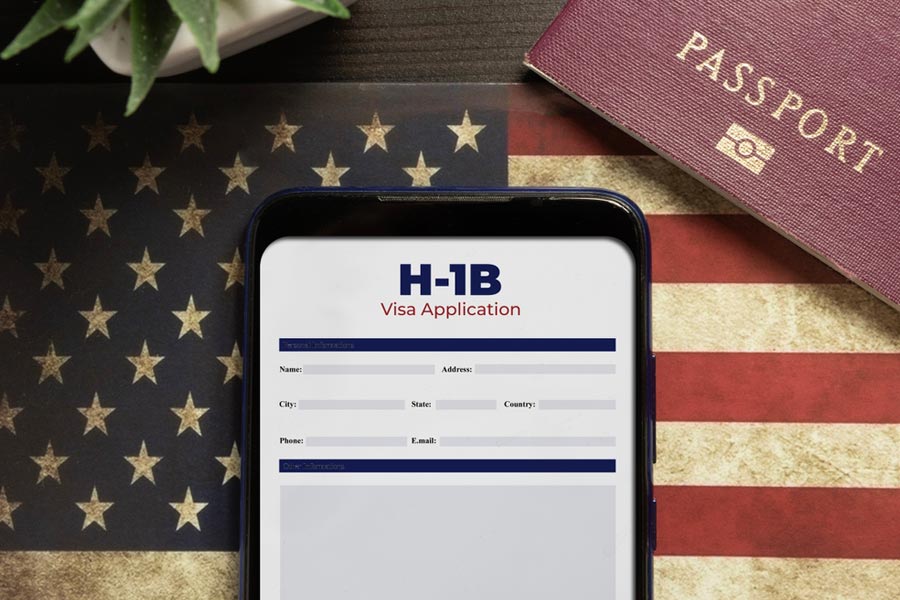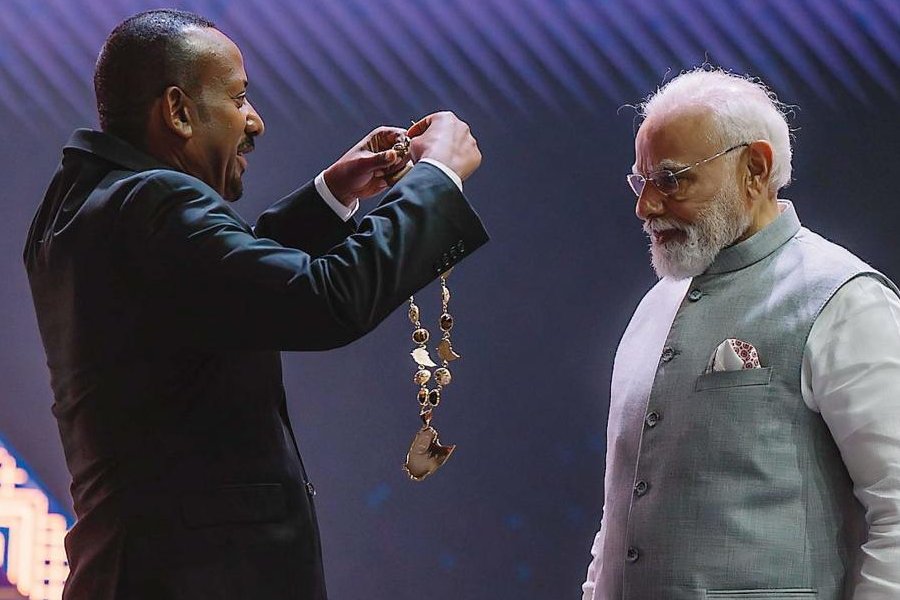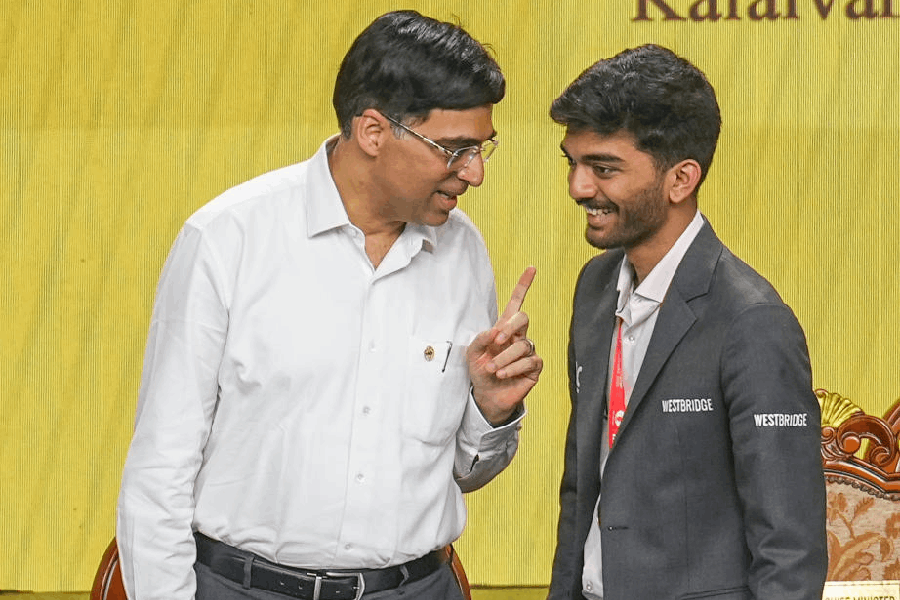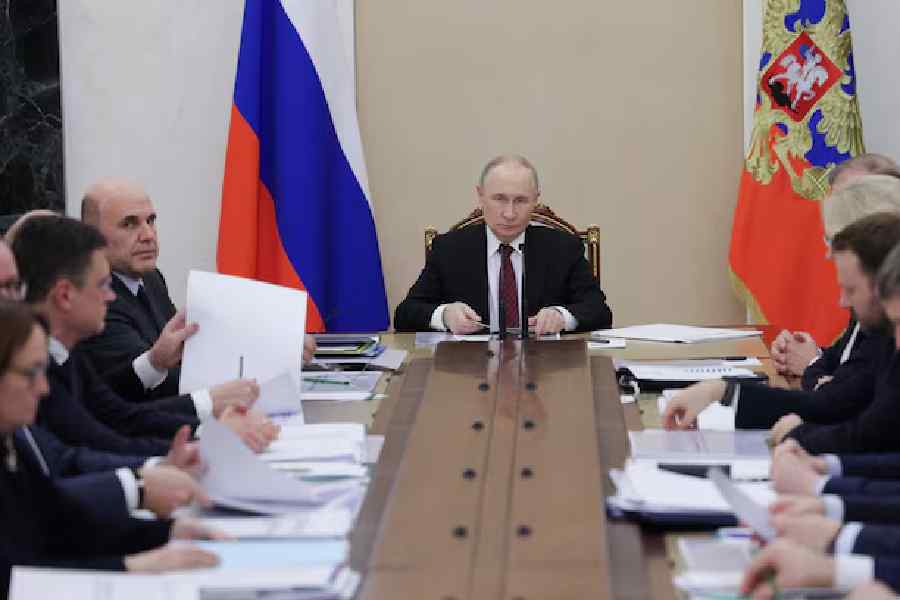 |
It’s a fight to the finish for the Sandhanwalias. With brothers Sukhdev and Jaswinder at the forefront of a long-drawn battle for the recognition of their lineal descent from Maharajah Duleep Singh, the family is keen to exercise their “rightful claim” to the Kohinoor diamond and other treasures belonging to the last monarch of the Sikh kingdom. The Sandhanwalias also want Duleep Singh’s remains to be returned to them as he was buried in England in 1893.
The family was in the spotlight recently as a section of the foreign media reported that they were initiating court proceedings to bring the Kohinoor back to India. At present, the 105-karat jewel is firmly ensconced in the imperial crown on display at the Tower of London. The crown boasts of 2,969 diamonds (including the Kohinoor), 273 pearls, 17 sapphires and 11 emeralds.
But the Sandhanwalias maintain there has been a “misinterpretation” of facts in the foreign press. “We have been fighting a court case since 2001 to establish the fact that we are the closest living descendants of Duleep Singh,” says Sukhdev Singh Sandhanwalia, a sexagenarian businessman who lives in Amritsar. The family has filed a civil suit against the Punjab government, accusing it of “distorting history”.
“Outsiders are making false claims and the government is entertaining them!” fumes Sukhdev.
Jaswinder, a 50-something company administrator settled in Amsterdam, chimes in. “Our ancestors have fought the British alongside Duleep Singh and have borne the brunt of pitting themselves against the colonisers,” he says.
Sukhdev and Jaswinder’s great-great-grandfather, Thakur Singh Sandhanwalia, and Maharajah Duleep Singh — who had to “surrender” or, in other historical interpretations, “gift” the gem to Queen Victoria following his kingdom’s annexation in 1849 — were cousins. It was Thakur Singh who met Duleep Singh in England in 1884 and convinced him to reclaim his kingdom. In fact, he was the prime minister of Duleep Singh’s “government in exile”.
It is also said that Thakur Singh encouraged Duleep Singh to re-embrace Sikhism. In a letter written in England in 1886, Duleep Singh mentions “receiving powthi” (part of the initiation rite in the religion) which, he writes, “my cousin Thakur Singh Sandhanwalia will administer to me.”
According to historical records, Duleep Singh set sail for India in 1886 despite embargoes from the British and was detained in Aden, Yemen, where he underwent a brief ceremony to reconvert to Sikhism under the supervision of Thakur Singh’s emissaries.
 |
 |
| CLAIM TO FAME: (From top) The British State Crown; Maharajah Duleep Singh, and Sukhdev Singh Sandhanwalia |
Before being exiled to England by the British, Duleep Singh was baptised into Christianity in 1853. En route, he halted in Calcutta briefly. As former Punjab chief minister and head of the Patiala family, Amarinder Singh, writes in his book on the Sikh empire, The Last Sunset: The Rise and Fall of the Lahore Durbar, “In Calcutta, Duleep Singh was met fondly by Dalhousie, who gave him a parting gift of a beautifully bound Bible.”
“When he died, he was no longer a Christian,” asserts Sukhdev, whose family fought a long and arduous battle to prove their royal ancestry. In 1976, the Punjab government instituted a committee comprising scholars from the Guru Nanak Dev University in Amritsar to look into whether the Sandhanwalias were the real heirs of Maharajah Duleep Singh.
“There are no direct living descendants of Duleep Singh,” says Harish Sharma, a historian at the university who was part of the team that submitted a report on the Sandhanwalias to the then Punjab government. “They (Sandhanwalias) are what we call collaterals, from Duleep’s biradari. There are claims and counter claims by various others, but they are not based on historical facts.”
But as his “closest” living descendants, the Sandhanwalia family has been laying claim to Duleep Singh’s belongings for the past two decades. In a 1997 petition to Queen Elizabeth II, Sukhdev and Jaswinder’s father, Beant Singh Sandhanwalia, asked for the return of the “mortal remains of Maharajah Duleep Singh”, the Kohinoor, the gold chair of Maharajah Ranjit Singh (Duleep’s father) and “any other property in the name of late Maharajah Duleep Singh”.
But can the Sandhanwalias actually claim the Kohinoor and other objects? “They do not enjoy legal rights as such,” says Harish Sharma of Guru Nanak Dev University. The Sandhanwalias, on the other hand, contend that they have enough historical proof that shows that they are the “sole living heirs”. “Our first battle is to make Indian authorities recognise our lineage and then the government can take up the repatriation of the Kohinoor with the UK on our behalf,” says Jaswinder.
The Sandhanwalias’ claims were strengthened considerably in 1999 when UK journalist and author Christy Campbell discovered a letter in the British Library. The letter, dated February 26, 1889, was written to the Maharajah by three members of the Sandhanwalia clan — Thakur’s sons Gurdit Singh and Narinder Singh, and their cousin Gurbachan Singh. It outlined a strategy to rebel against the British and pave the way for Duleep Singh’s return to India with 20,000 foreign troops. The Sandhanwalias are pinning their hopes on a particular sentence in the letter as irrefutable proof of their proximity to Duleep Singh. Gurbachan, Narinder and Gurdit wrote, “It is impossible... to express the real sense of indebtedness for the honour of making us son as Y.M. (Your Majesty) has been graciously pleased to make us. It is the highest of all honours in the world.”
Campbell says he found the letter while researching his book, The Maharajah’s Box, which tells the story of Duleep Singh and his rebellion against Queen Victoria. He also says that there is “a political twist” in the letter sent from the Sandhanwalias to the Maharajah in Paris. It was secretly copied by his private secretary to the British Foreign Office. “The Maharajah’s trusted secretary was a spy,” continues Campbell. “The spy betrayed every move of the Maharajah’s rebellious plans to lead a conquest of the Punjab with Russian and Irish-American military help. It was doomed from the start.”
But historians in India doubt whether such letters have much significance insofar as the Sandhanwalias’ claims are concerned. Says Harish Sharma, “Things like letters don’t really hold much water except in a few isolated cases. Genealogical records are easily available in India, and that alone can prove or disprove a person’s claims.”
The repatriation of the Kohinoor to India is a highly emotive issue. From time to time, Indian authorities, politicians and individuals have made impassioned pleas to the British government to return the diamond to India. For instance, a couple of years ago the Archaeological Survey of India had reportedly asked for the restitution of “stolen treasures”, including the Kohinoor. But the UK has apparently rejected the appeal citing legislative hurdles.
While visiting India in 2010, British Prime Minister David Cameron too firmly stated that the crown jewel was “staying put” in the country.
“But we have faith that the gem’s repatriation will become a bigger movement,” says Sukhdev. “If China can take back Hong Kong, why can’t India get back the Kohinoor?”


